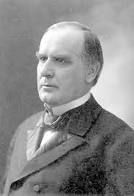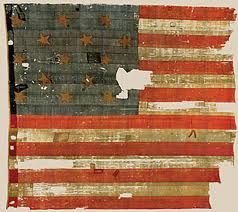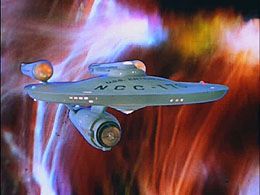This is your morning Open Thread. Pour your favorite beverage and review the past and comment on the future.
Find the past “On This Day in History” here.
September 15 is the 258th day of the year (259th in leap years) in the Gregorian calendar. There are 107 days remaining until the end of the year.
On this day in 1963, a bomb explodes during Sunday morning services in the 16th Street Baptist Church in Birmingham, Alabama, killing four young girls.
The 16th Street Baptist Church bombing was a racially motivated terrorist attack on September 15, 1963, by members of a Ku Klux Klan group in Birmingham, Alabama in the United States. The bombing of the African-American church resulted in the deaths of four girls. Although city leaders had reached a settlement in May with demonstrators and started to integrate public places, not everyone agreed with ending segregation. Other acts of violence followed the settlement. The bombing increased support for people working for civil rights. It marked a turning point in the U.S. 1960s Civil Rights Movement and contributed to support for passage of the Civil Rights Act of 1964. The three-story Sixteenth Street Baptist Church in Birmingham, Alabama was a rallying point for civil rights activities through the spring of 1963, and is where the students who marched out of the church to be arrested during the 1963 Birmingham campaign’s Children’s Crusade were trained. The demonstrations led to an agreement in May between the city’s African-American leaders and the Southern Christian Leadership Conference (SCLC) to integrate public facilities in the country.
In the early morning of Sunday, September 15, 1963, Bobby Frank Cherry, Thomas Blanton, Herman Frank Cash, and Robert Chambliss, members of United Klans of America, a Ku Klux Klan group, planted a box of dynamite with a time delay under the steps of the church, near the basement.
At about 10:22 a.m., when twenty-six children were walking into the basement assembly room for closing prayers of a sermon entitled “The Love That Forgives,” the bomb exploded. According to an interview on NPR on September 15, 2008, Denise McNair’s father stated that the sermon never took place because of the bombing. Four girls, Addie Mae Collins (aged 14), Denise McNair (aged 11), Carole Robertson (aged 14), and Cynthia Wesley (aged 14), were killed in the attack, and 22 additional people were injured, one of whom was Addie Mae Collins’ younger sister, Sarah.
The explosion blew a hole in the church’s rear wall, destroyed the back steps, and left intact only the frames of all but one stained-glass window. The lone window that survived the concussion was one in which Jesus Christ was depicted knocking on a door, although Christ’s face was destroyed. In addition, five cars behind the church were damaged, two of which were destroyed, while windows in the laundromat across the street were blown out.




 The Pentagon is the headquarters of the
The Pentagon is the headquarters of the  On this day in 1776, General George Washington asks for a volunteer for an extremely dangerous mission: to gather intelligence behind enemy lines before the coming Battle of Harlem Heights. Captain Nathan Hale of the 19th Regiment of the Continental Army stepped forward and subsequently become one of the first known American spies of the Revolutionary War.
On this day in 1776, General George Washington asks for a volunteer for an extremely dangerous mission: to gather intelligence behind enemy lines before the coming Battle of Harlem Heights. Captain Nathan Hale of the 19th Regiment of the Continental Army stepped forward and subsequently become one of the first known American spies of the Revolutionary War. On this day in 1776, the Continental Congress formally declares the name of the new nation to be the “United States” of America. This replaced the term “United Colonies,” which had been in general use.
On this day in 1776, the Continental Congress formally declares the name of the new nation to be the “United States” of America. This replaced the term “United Colonies,” which had been in general use.
 The name is linked to Samuel Wilson, a meat packer from Troy, New York, who supplied barrels of beef to the United States Army during the War of 1812. Wilson (1766-1854) stamped the barrels with “U.S.” for United States, but soldiers began referring to the grub as “Uncle Sam’s.” The local newspaper picked up on the story and Uncle Sam eventually gained widespread acceptance as the nickname for the U.S. federal government.
The name is linked to Samuel Wilson, a meat packer from Troy, New York, who supplied barrels of beef to the United States Army during the War of 1812. Wilson (1766-1854) stamped the barrels with “U.S.” for United States, but soldiers began referring to the grub as “Uncle Sam’s.” The local newspaper picked up on the story and Uncle Sam eventually gained widespread acceptance as the nickname for the U.S. federal government.
Recent Comments